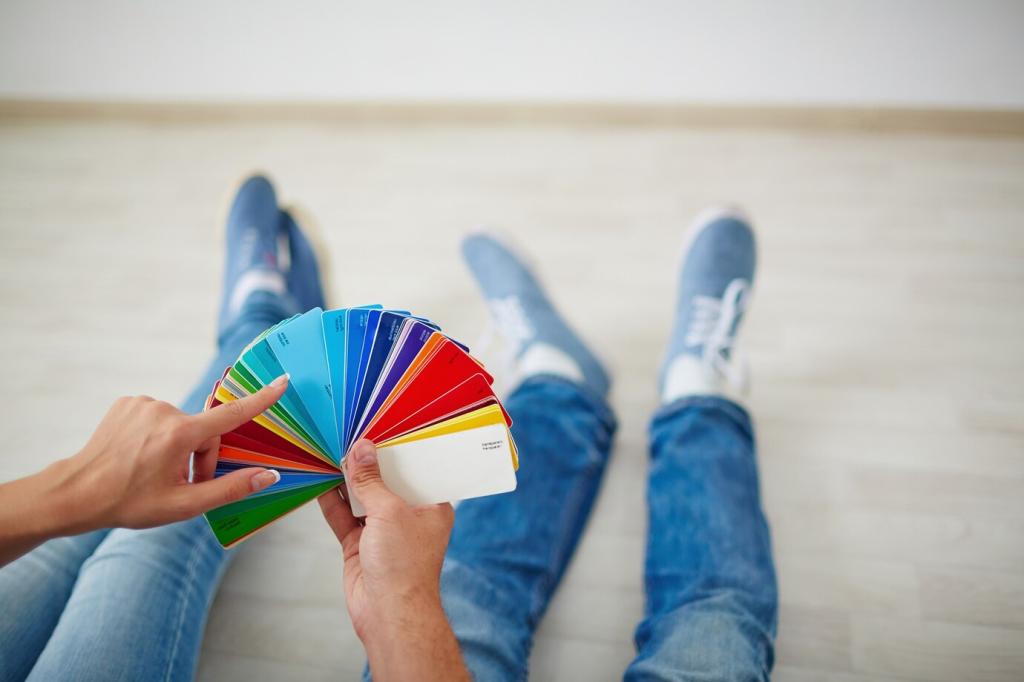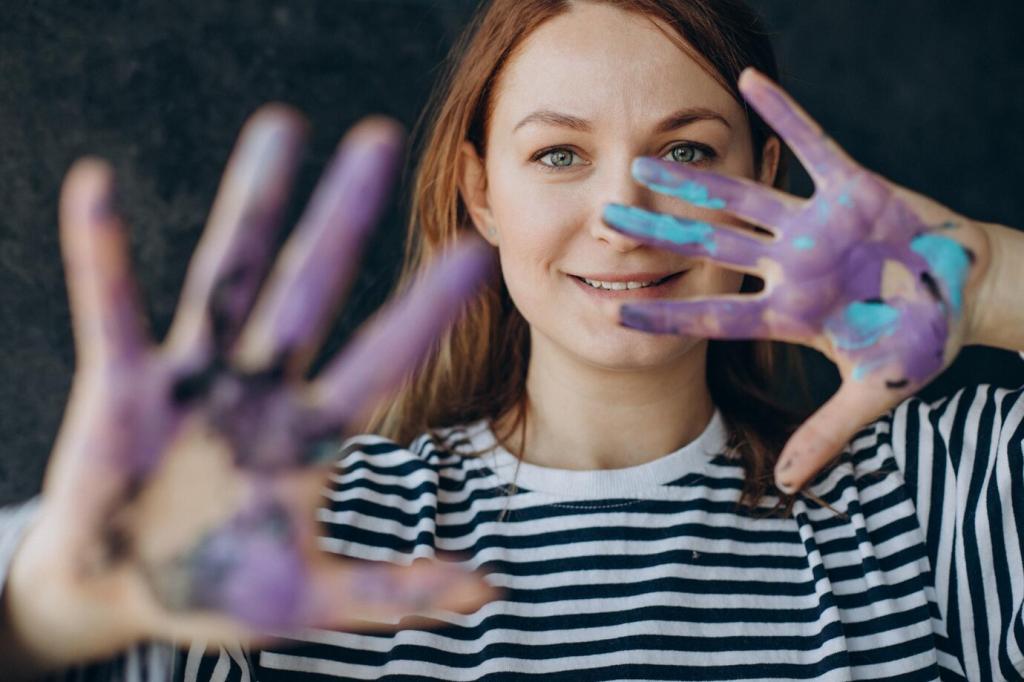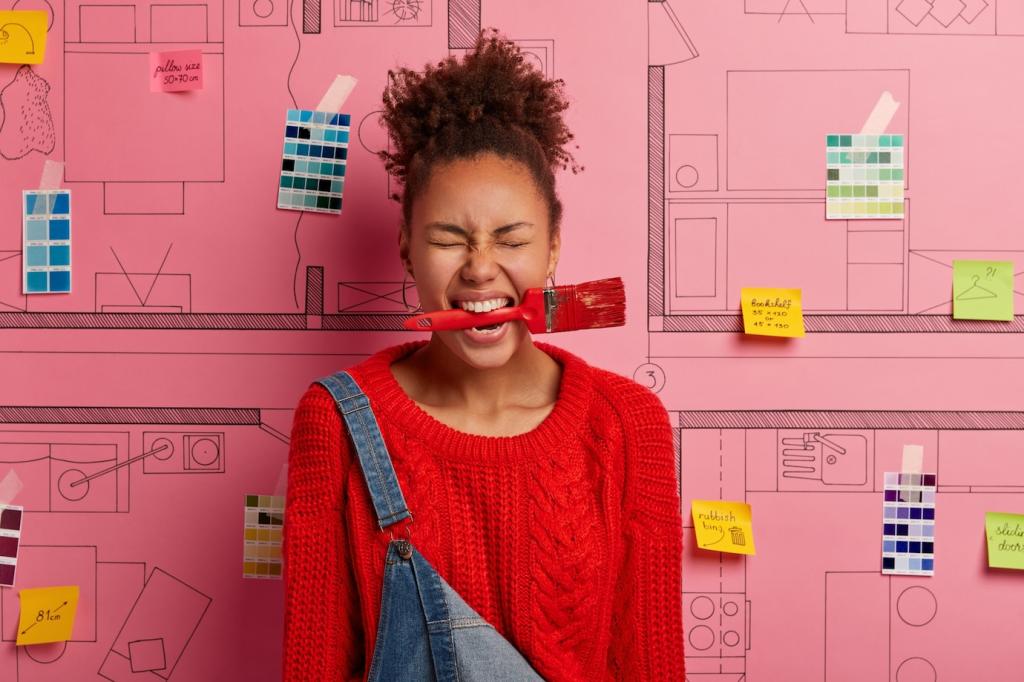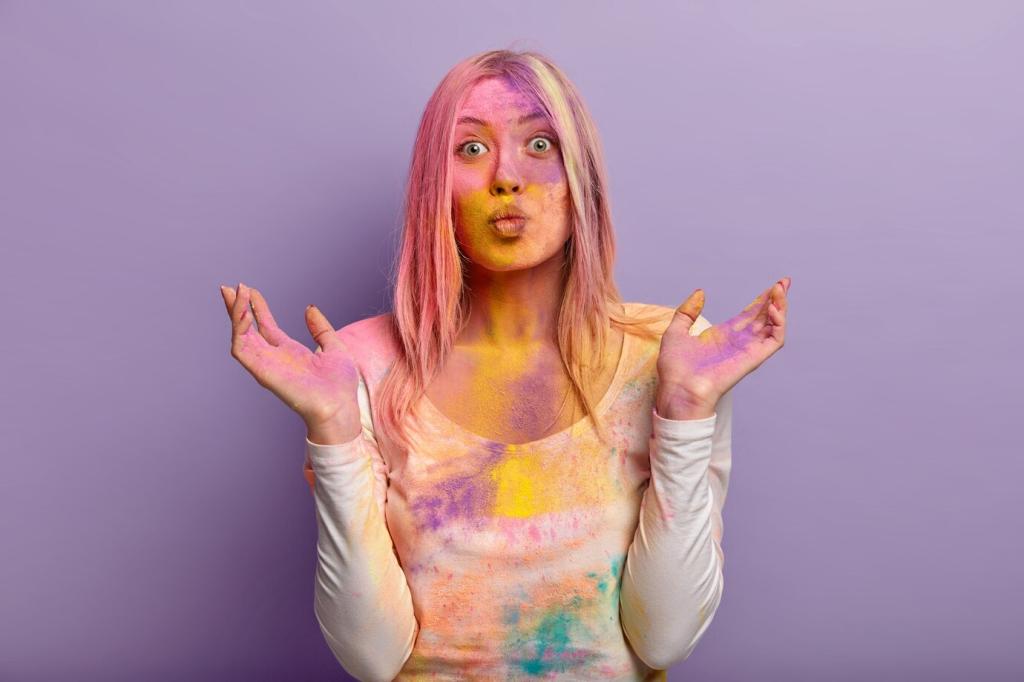Stories from Real Rooms: When Color Changed the Day
After months of feeling distant in a gray-heavy living room, a family swapped their sofa for a terracotta one. Suddenly weeknight dinners drifted into longer conversations. The warmth nudged everyone to linger, proving how one anchor piece can reopen doors to connection.
Stories from Real Rooms: When Color Changed the Day
A chaotic home office got a sage-green desk and muted blue task chair. Distractions quieted, and deep work blocks extended. Studies often link cooler hues to cognitive control and creative persistence, which matched the owner’s experience of calmer focus without the slump of monotony.




